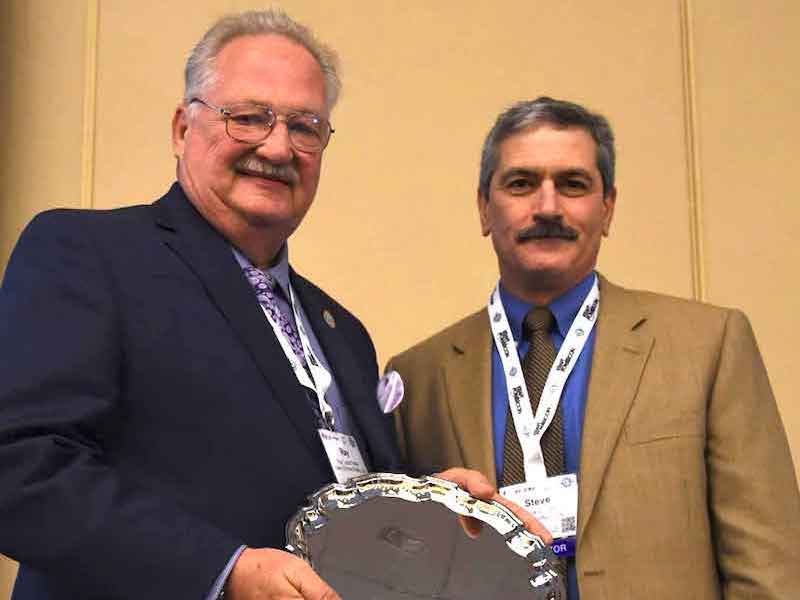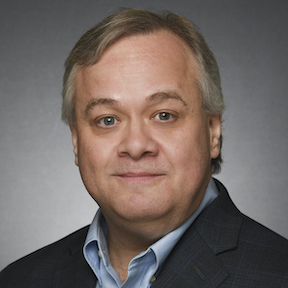The word “great” is thrown around way too much in our society. Sure, I’ll take the notion that Tom Brady is the GOAT when it comes to football, and I’ll accept the argument that Michael Jordan had no peer when it came to basketball.
But more often than not, people tend to call things “great” when they have no comparison to prior established standards or protocols. Either they have never been around after 1980, or they don’t care to do any research to find a suitable comparison.
So when a few people in the finishing and coating industry urged me to honor those who were “great” in the industry, I was a rad skeptical. The big push I received was from those who were growing a little weary of the “40 Under 40” features that were popping up in every sector of manufacturing, society, and professional organizations. These were supposed to be the next “great” leaders of industry — be it automotive, banking, education, or finishing and coating — but yet everything was based on the promise of what they would be doing in the future, if all at. Think of it as a 3rd-round draft pick in the NFL: what have you done for me lately, or maybe you will be a simple flash in the pan.
But I began thinking about who the “greats” of the industry were and what they meant to the finishing and coating industry. Did they invent a process that changed how things were being done to make things better and more efficient? Did they lead a shop or organization that became one of the best in the business? How do you define what is great? Even more, how do you define what is, at best, good? But as I began deliberating on this more, I came to the conclusion that there are people amongst us in the finishing and coating industry who were true “Legends” of what they did for those in the electroplating, anodizing, liquid and powder coating, and any other type of finishing process.
They were the ones who have poured decades into the industry in blood, sweat, and, yes, tears. They were very good at what they did — dare I even say great — and most of all, they were respected by their peers.
It is with that premise that I decided to honor “Legends” of the finishing and coating industry going forward. And what I mean by honoring them I mean just letting them tell their stories of what they did, how they did it, and what drove them.
The first one I selected also happened to be one of the first people I met in the industry: Ray Lucas from Valley Chrome in California. Ray and his family have been a stalwart in the finishing industry for more than five decades, but Ray was also someone who gave his time (and money) to serve the industry. He was one of the people who spearheaded the transformation into what is now the National Association for Surface Finishing by helping merge several entities into one. Ray wasn’t entirely loved by what he and his partners were doing, but they saw the bigger picture in all of this and did it.
I hope you all will enjoy these features on “Legends” as we go forward. I know it will shed light on where we are today, and that is what the goal is: highlight those who shaped who we are.




 Tim Pennington is Editor-in-Chief of Finishing and Coating, and has covered the industry since 2010. He has traveled extensively throughout North America visiting shops and production facilities, and meeting those who work in the industry. Tim began his career in the newspaper industry, then wound itself between the sports field with the PGA Tour and marketing and communications firms, and finally back into the publishing world in the finishing and coating sector. If you want to reach Tim, just go
Tim Pennington is Editor-in-Chief of Finishing and Coating, and has covered the industry since 2010. He has traveled extensively throughout North America visiting shops and production facilities, and meeting those who work in the industry. Tim began his career in the newspaper industry, then wound itself between the sports field with the PGA Tour and marketing and communications firms, and finally back into the publishing world in the finishing and coating sector. If you want to reach Tim, just go 





















